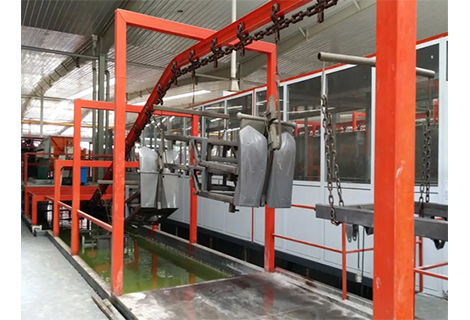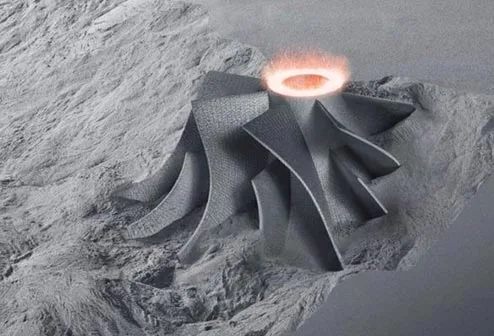CNC machining is a generic term used for a variety of machining applications. "CNC" stands for Computer Numerical Control and refers to the programmable features of a machine that allow it to perform many functions with minimal manual control. CNC machining is the manufacture of parts using CNC-controlled machines. The term describes a series of subtractive manufacturing processes that remove material from a bar or blank to produce a finished part. There are 5 different types of CNC equipment to perform the 5 common types of CNC Precision Machining.
CNC Precision Machining is widely used in the medical, aerospace, industrial, oil and gas, hydraulic, and other industries. CNC machining can be performed on a wide variety of materials, including metals, plastics, glass, composites, and wood.
Precision CNC machining offers many advantages over machining without CNC programmability. Cycle times can be significantly reduced, surface smoothness can be improved, and quality and consistency can be enhanced.
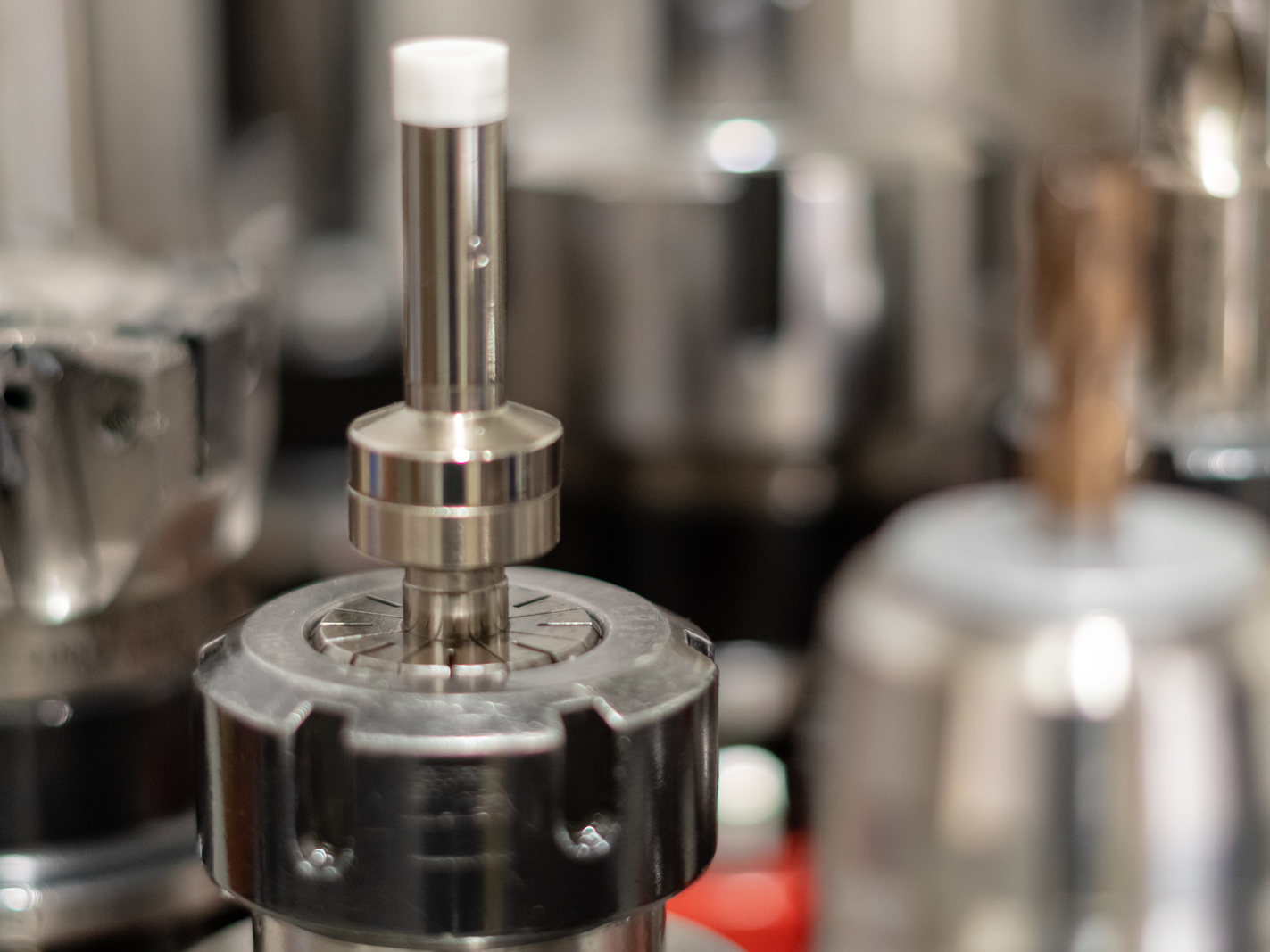
CNC lathes are characterized by their ability to rotate (turn) material during the machining operation. The cutting tool of the lathe is fed in a linear motion along a rotating bar; this removes material around the circumference until the desired diameter and features are achieved.
A subset of CNC lathes is the CNC Swiss lathe (also called an automatic lathe). With a CNC Swiss lathe, bar stock is rotated and slid axially through a guide bushing into the automatic lathe, which then automatically machines the cut part; in general, CNC automatic lathes are suitable for machining small diameter parts.
Precision CNC turning creates internal and external features on a part: including drilling, broaching, reaming, slotting, tapping, and threading. CNC lathes and turning centers create parts including screws, bolts, shafts, joints, and more.
CNC milling machines are characterized by their ability to rotate the cutting tool while keeping the material workpiece/block stationary. They can produce a wide range of shapes including flat milling (shallow, flat surfaces and cavities in the workpiece) and peripheral milling (deep cavities such as slots and threads).
Parts suitable for production on CNC milling machines are usually square or rectangular shapes with a variety of features.
CNC lasers have a pointed router with a highly focused laser beam for precision cutting, slicing or engraving of materials. The laser heats the material and melts or vaporizes it, creating a cut in the material. Typically, the material is in sheet form. The laser beam moves back and forth across the material to create a precise cut.
This process can produce a wider range of free designs than traditional cutting machines (lathes, turning centers, milling machines) and often produces cuts and/or edges that do not require additional finishing processes.
CNC laser engraving machines are often used for marking (and decorating) machined parts. For example, logos and company names are difficult to machine using CNC turning or CNC milling processes. However, they are very easy to engrave with CNC laser engraving and can be added to components using laser engraving even after the machining operation is complete.
CNC Electrical Discharge Machining (EDM) uses a highly controlled electric spark to machine a material into a desired shape. It can also be referred to as spark erosion, spark machining or wire burning.
A component is placed under an electrode wire and the machine is programmed to emit a discharge from the wire, generating intense heat (up to 11,700 °C). Material is melted or washed away by a liquid to create the desired shape or feature.
EDM is most commonly used to create precise micro-holes, slots, tapered or angled features, and a variety of other more complex features in parts or workpieces. It is often used for machining difficult shapes and sizes and is often used for machining very hard metals. For example, gears.
CNC plasma cutters are also used to cut materials. However, they use a high-powered plasma (electronically ionized gas) torch controlled by a computer to perform this operation. Functionally similar to a handheld pneumatic torch used for welding (up to 5500 degrees Celsius), plasma torches can reach up to 27,500 degrees Celsius. The plasma torch melts through the workpiece to create a kerf in the material.
Whenever CNC plasma cutting is used, the material being cut must be electrically conductive. Typical materials are conductive metals such as steel, stainless steel, aluminum, brass and copper.
Precise machining offers a wide range of capabilities for manufacturing parts and CNC finishing. Depending on the environment in which it is used, the material required, the lead time, the quantity, the budget and the functionality required, there is usually an optimal method that will provide the desired results.
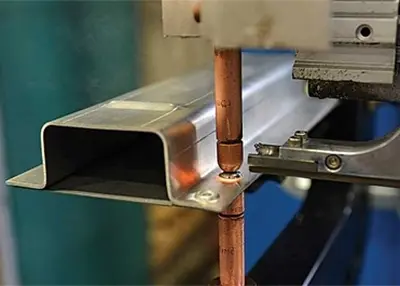 The Differences Between Riveting vs WeldingFebruary 18, 2024Let's explore the advantages, applications, and limitations of riveting and welding processes. Then, you can select the right method for assembling sheet metal parts.view
The Differences Between Riveting vs WeldingFebruary 18, 2024Let's explore the advantages, applications, and limitations of riveting and welding processes. Then, you can select the right method for assembling sheet metal parts.view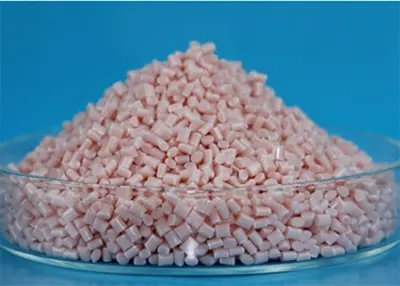 What Is the Threading Method for CNC Machining Centers?April 4, 2023Tapping is a common method in CNC machining technologyIt is generally used in the machining of small-diameter threads, but its precision is relatively poor. Therefore, if high precision is required, t...view
What Is the Threading Method for CNC Machining Centers?April 4, 2023Tapping is a common method in CNC machining technologyIt is generally used in the machining of small-diameter threads, but its precision is relatively poor. Therefore, if high precision is required, t...view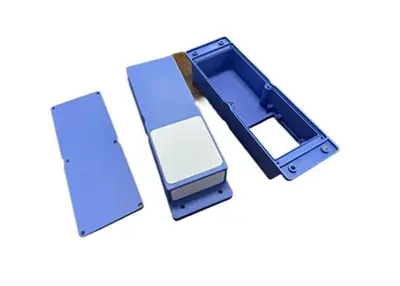 Spray Paint or Powder Coating? The Ultimate Showdown for Surface Treatment of Machined Parts to Find the Best Solution!July 12, 2023IntroductionIn past communications with customers, we often encounter these situations:1. The customer's drawings only specify the color, without specific requirements. 2. The customer's techn...view
Spray Paint or Powder Coating? The Ultimate Showdown for Surface Treatment of Machined Parts to Find the Best Solution!July 12, 2023IntroductionIn past communications with customers, we often encounter these situations:1. The customer's drawings only specify the color, without specific requirements. 2. The customer's techn...view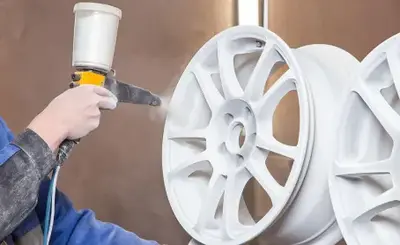 Spray painting, powder spraying, electrophoresis: three common surface treatment methodsMarch 6, 2024Spray painting is a common way of surface treatment, its principle is to use air pressure to spray paint from the nozzle, forming tiny droplets, that and evenly attached to the surface of the painted object.view
Spray painting, powder spraying, electrophoresis: three common surface treatment methodsMarch 6, 2024Spray painting is a common way of surface treatment, its principle is to use air pressure to spray paint from the nozzle, forming tiny droplets, that and evenly attached to the surface of the painted object.view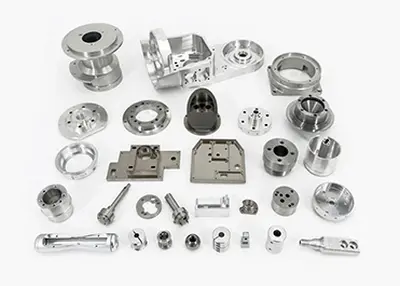 What Are the General Types of Measurement Methods for Machining Accuracy of Machine Parts?October 27, 2023Machining accuracy is the actual size, shape, position of the surface of the machined part three kinds of geometric parameters and drawings required by the ideal degree of compliance with the geometric parameters.view
What Are the General Types of Measurement Methods for Machining Accuracy of Machine Parts?October 27, 2023Machining accuracy is the actual size, shape, position of the surface of the machined part three kinds of geometric parameters and drawings required by the ideal degree of compliance with the geometric parameters.view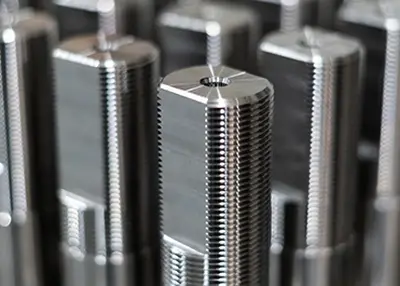 Drill and Tap Specification ChartNovember 17, 2023In CNC machining, the usual process is to use a drill bit to drill a hole in the workpiece and then use a tap of the appropriate size to cut the desired threads in the hole. This ensures that the threads match the design requirements and can ensure that the threads fit correctly with other components.view
Drill and Tap Specification ChartNovember 17, 2023In CNC machining, the usual process is to use a drill bit to drill a hole in the workpiece and then use a tap of the appropriate size to cut the desired threads in the hole. This ensures that the threads match the design requirements and can ensure that the threads fit correctly with other components.view
 EN
EN
 ru
ru 
